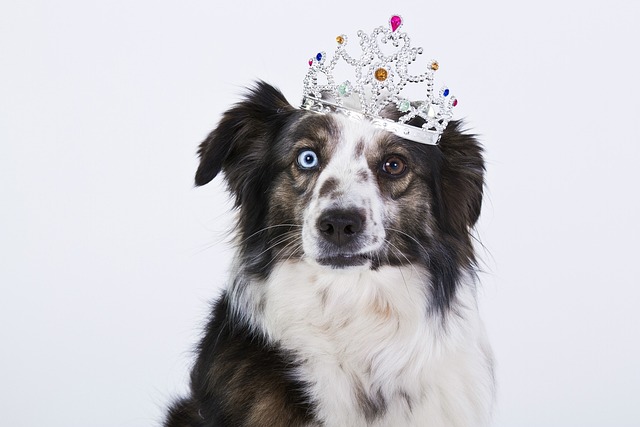
What is glaucoma in a dog?
You might notice your dog squinting more at mealtime or avoiding bright sunlight—these small changes could be early signs of a serious eye condition.
You’re in the middle of cuddling your pup on the couch when you notice a red, crusty spot on their belly—your vet later calls it pyoderma. Naturally, the first thought hits: could this spread to you or your kids? It’s a common worry for new dog owners, especially when you share beds, couches, and even the occasional kiss with your furry friend. Let’s break down what you need to know to keep both your dog and family safe.
Pyoderma in dogs is a bacterial skin infection, usually caused by Staphylococcus pseudintermedius—a bacteria that lives on most dogs’ skin but can overgrow if their skin barrier is damaged (think allergies, cuts, or even too-frequent baths). The good news? Most dog pyoderma strains aren’t highly contagious to humans. But there’s a catch: if you have a weakened immune system (like from chemotherapy or diabetes) or a cut on your hand, the bacteria can sometimes cause a mild skin infection in you—often a red, itchy bump that looks like a pimple.
So, what do you do to protect your household? Start with treating your dog first: follow your vet’s instructions, which might include medicated shampoos, oral antibiotics, or topical creams. While treating them, wash your hands thoroughly with soap and warm water after petting, grooming, or cleaning their bedding—this is the simplest way to stop any bacteria from spreading. If your dog has a bad case, avoid letting them sleep in your bed temporarily, and toss their bed linens in the wash weekly on a hot cycle.
 It’s also smart to tie this into good pet ownership habits that matter locally. For example, keeping your dog’s regular vet visits (and vaccines—while vaccines don’t prevent pyoderma, they keep overall health in check) is key to catching skin issues early. When out for walks, always clean up after your dog—this prevents other bacteria from getting on their paws and worsening skin problems. And remember: never punish your dog for scratching at pyoderma spots—positive reinforcement (like treats for letting you apply cream) works way better and keeps your bond strong.
It’s also smart to tie this into good pet ownership habits that matter locally. For example, keeping your dog’s regular vet visits (and vaccines—while vaccines don’t prevent pyoderma, they keep overall health in check) is key to catching skin issues early. When out for walks, always clean up after your dog—this prevents other bacteria from getting on their paws and worsening skin problems. And remember: never punish your dog for scratching at pyoderma spots—positive reinforcement (like treats for letting you apply cream) works way better and keeps your bond strong.
If you live in an apartment or dense neighborhood, be mindful of shared spaces too. While pyoderma isn’t likely to spread to other dogs just from a quick sniff, avoid letting your dog play rough with other pups until their infection clears—open sores can pass bacteria back and forth. And if you have kids, teach them to wash their hands after playing with your dog, especially if they’ve been petting areas with scabs or redness.
Pyoderma in dogs is manageable—and with simple steps, you can keep your family safe while helping your pup heal. The key is staying on top of treatment, practicing good hygiene, and sticking to the responsible pet habits that keep both your dog and community healthy. Before you know it, your pup will be back to cuddling on the couch, spot-free.

You might notice your dog squinting more at mealtime or avoiding bright sunlight—these small changes could be early signs of a serious eye condition.

Let’s set the scene: It’s a sweltering Phoenix afternoon—105°F outside—and you rushed your 2-year-old Lab mix, Cooper, on a quick walk to “get it over with.”

Let’s get real: You’re in your Miami apartment, watching your 3-year-old Corgi, Loki, struggle to climb the stairs to your second-floor unit.

Many dog owners brush off occasional scratching as just “dog behavior,” but persistent itching often signals something more—like a food allergy.

You might first notice your dog scratching more than usual—chewing at their paws until the fur looks thin, or rubbing their face against the couch nonstop.

Let’s be real: You’re standing in your Chicago apartment, watching your 3-year-old Beagle, Max, huff and puff just to climb onto the couch.